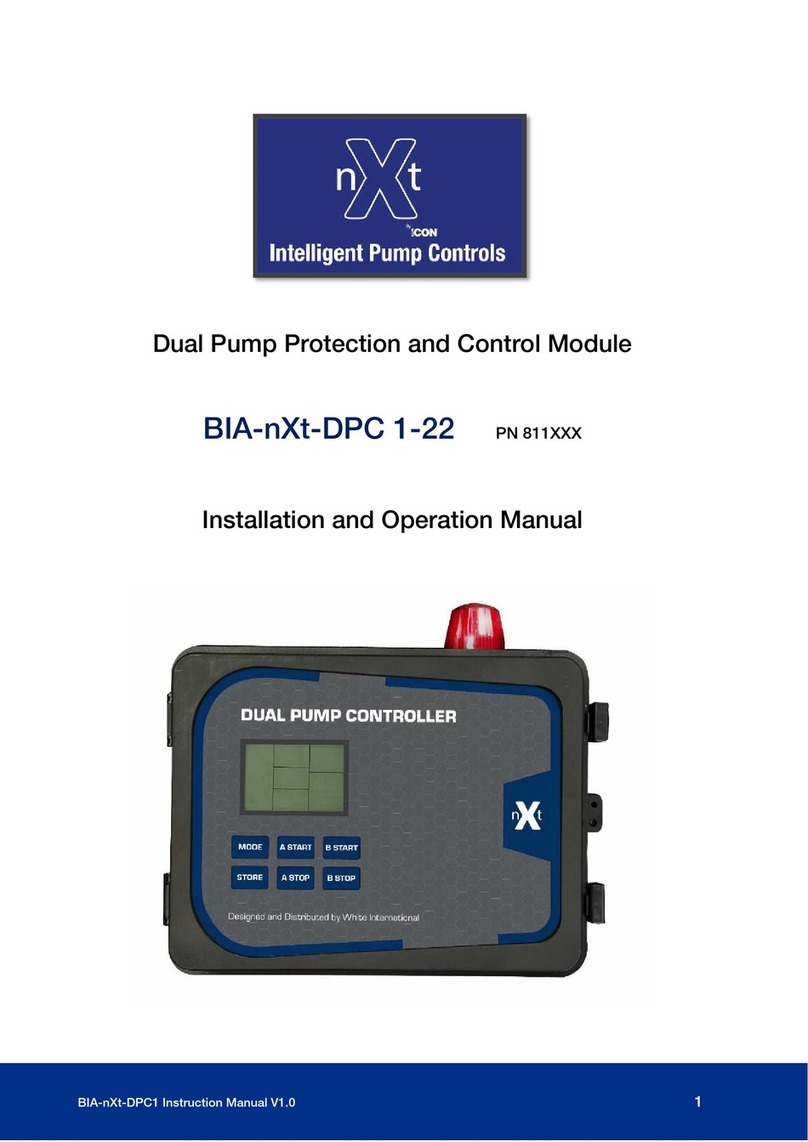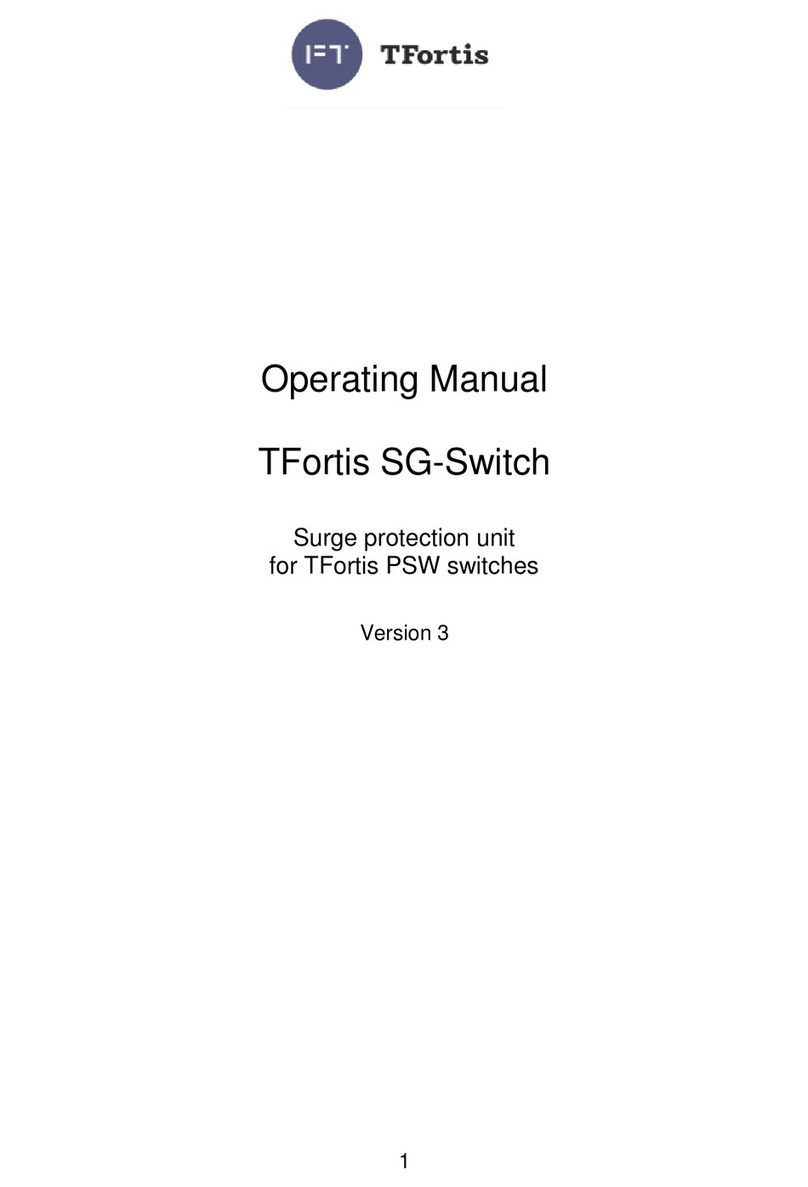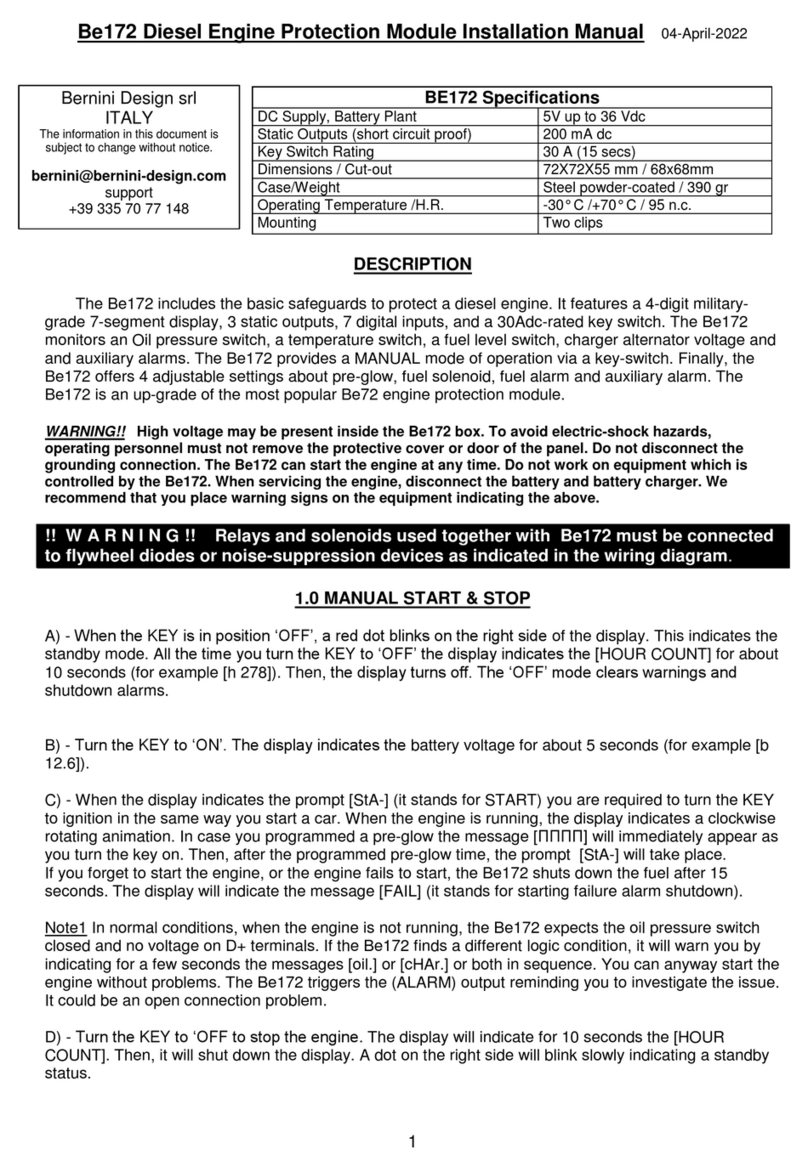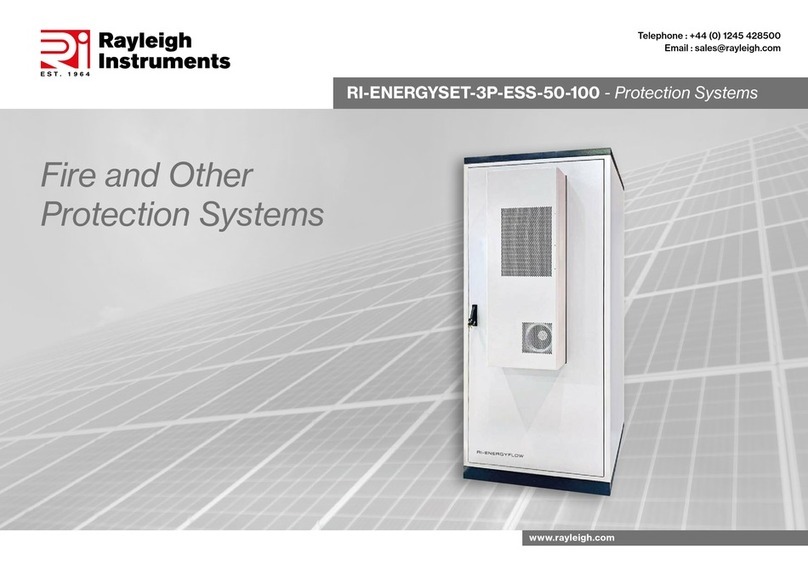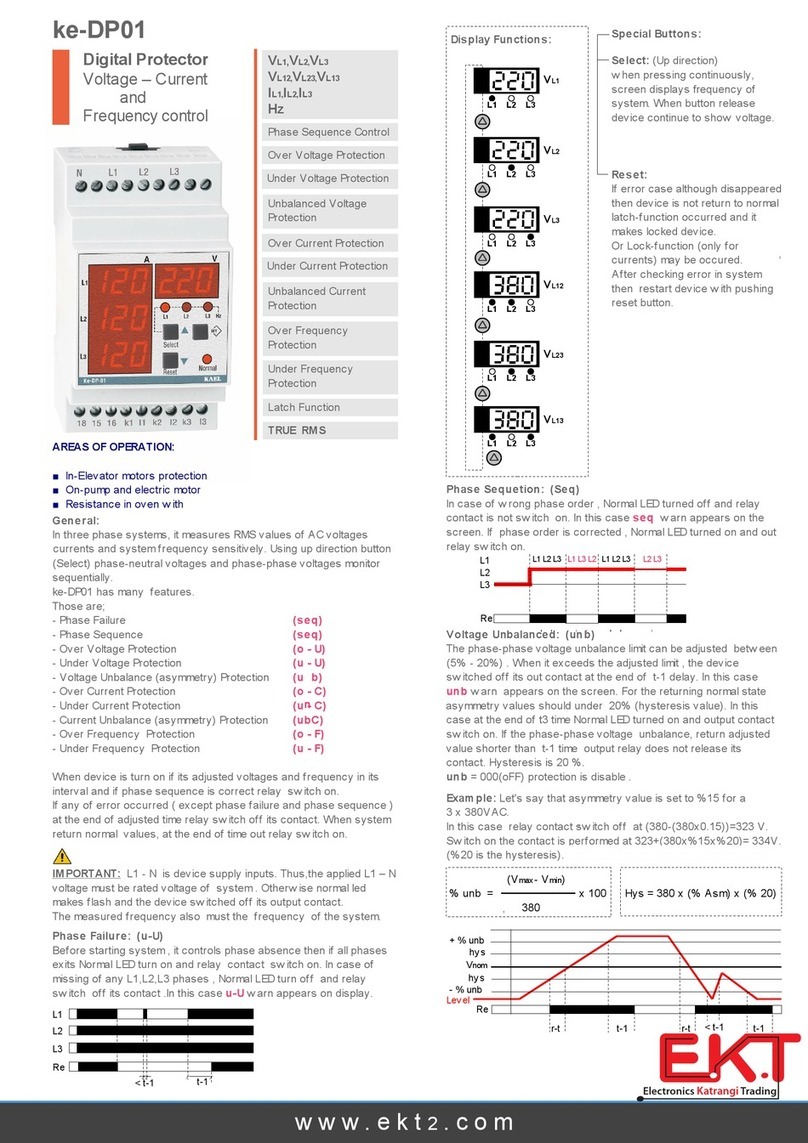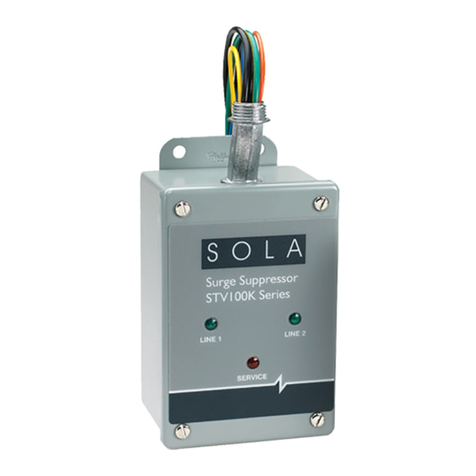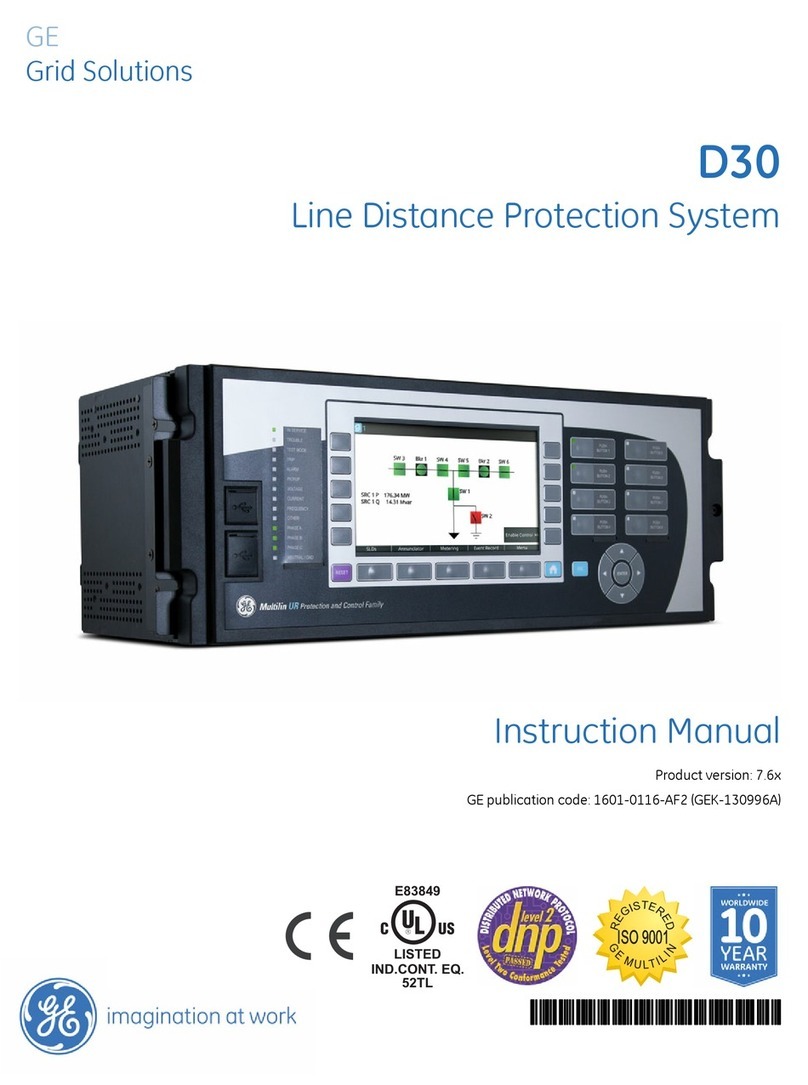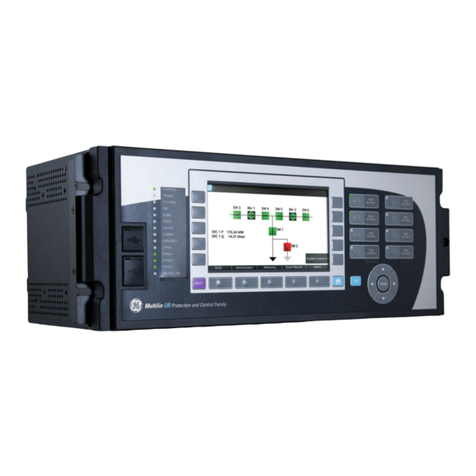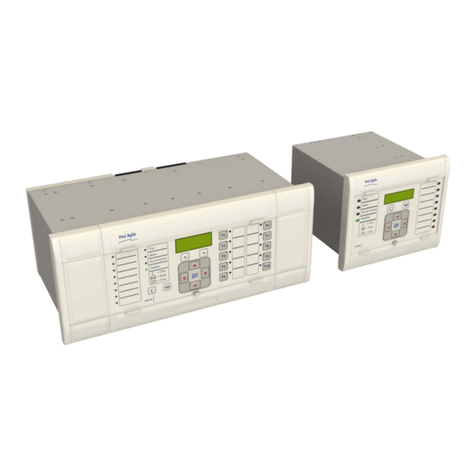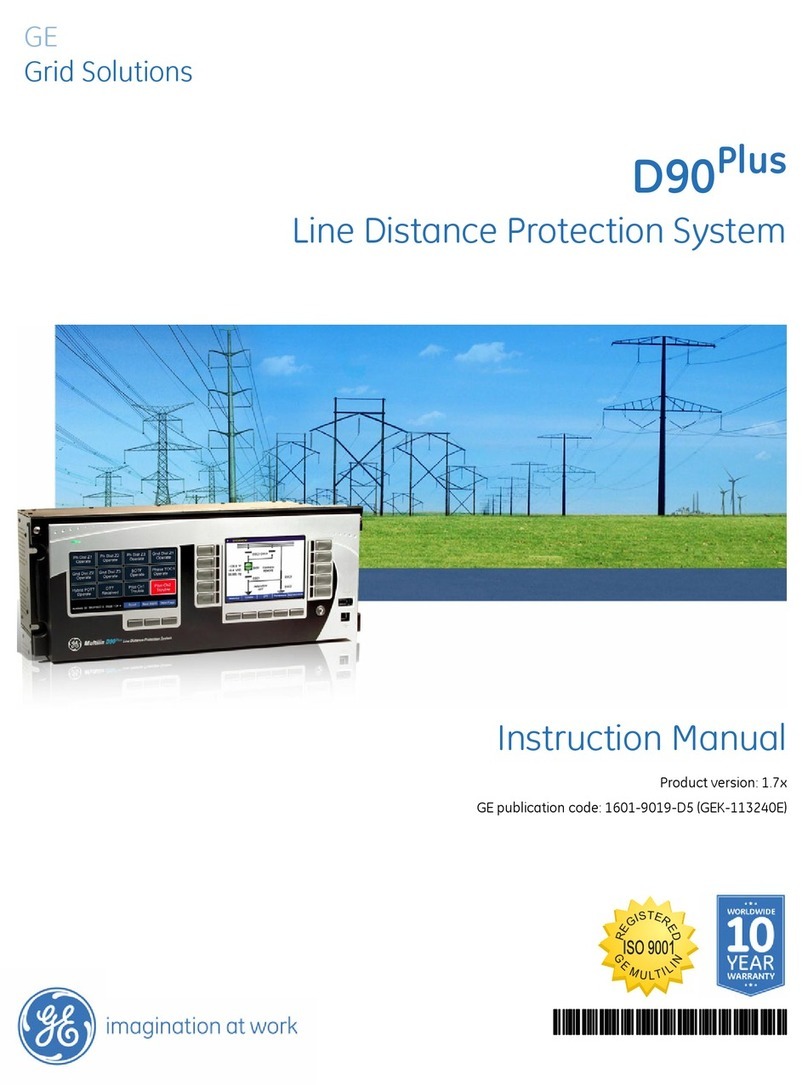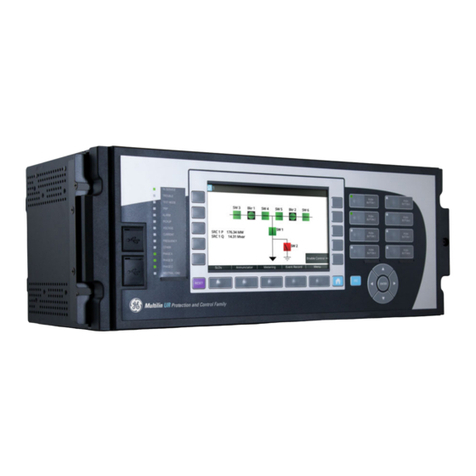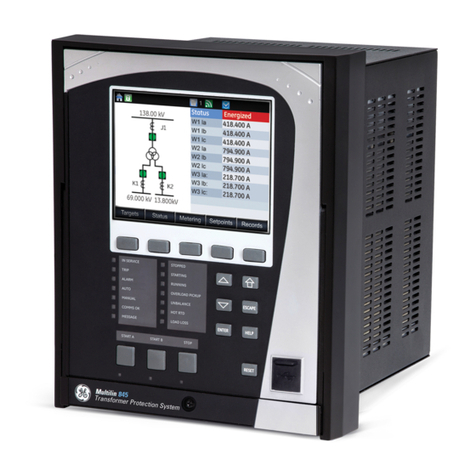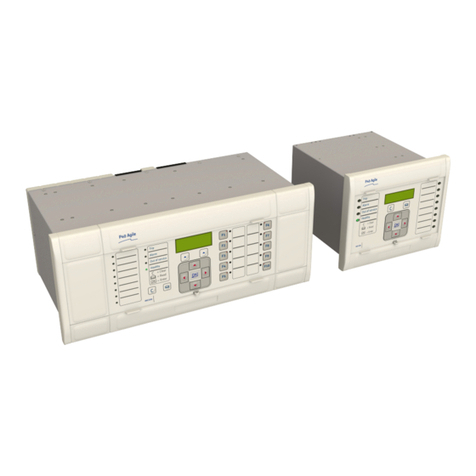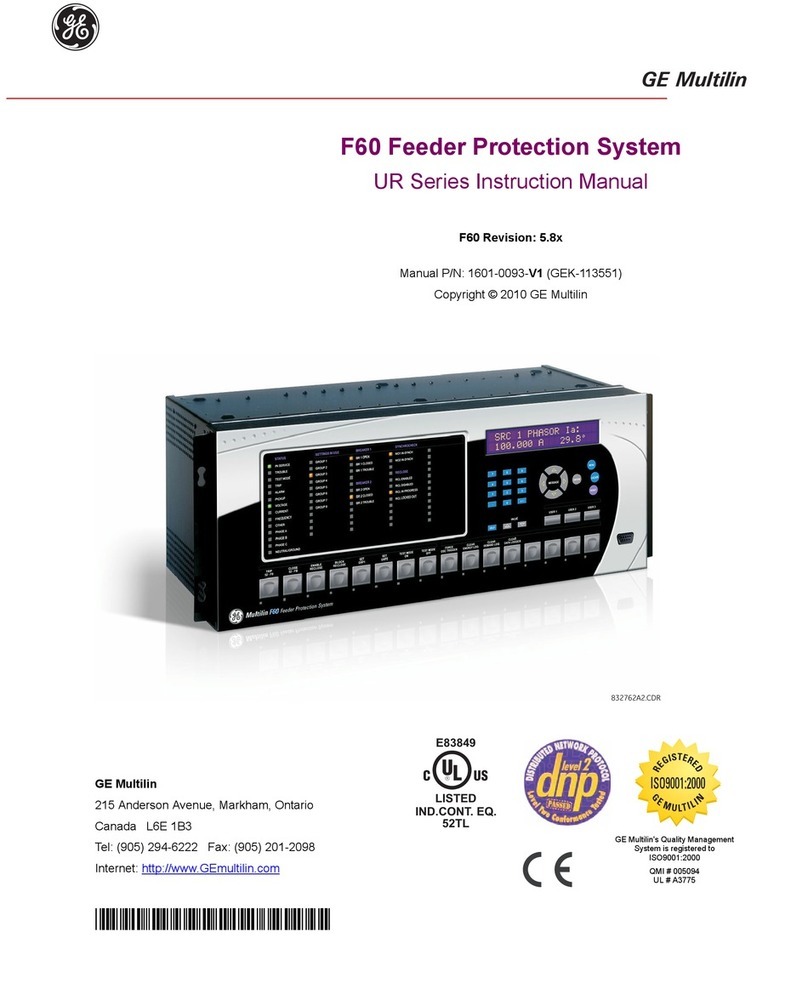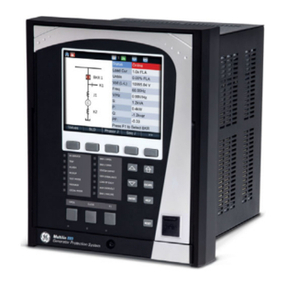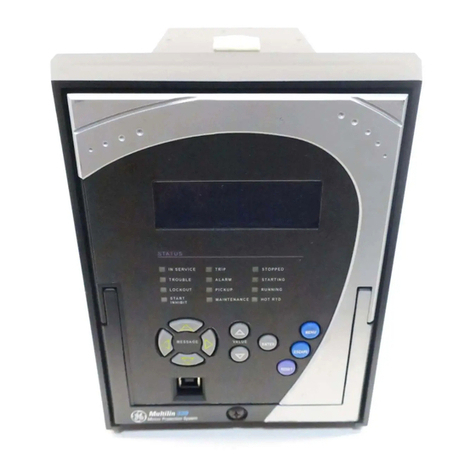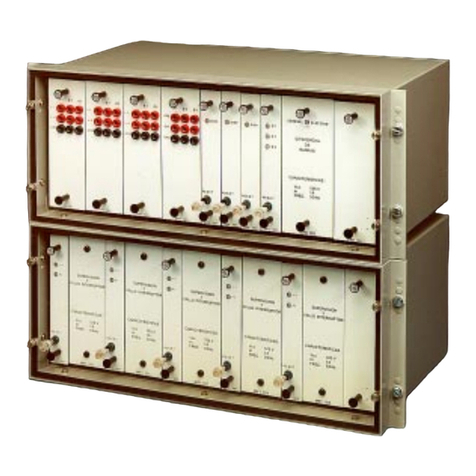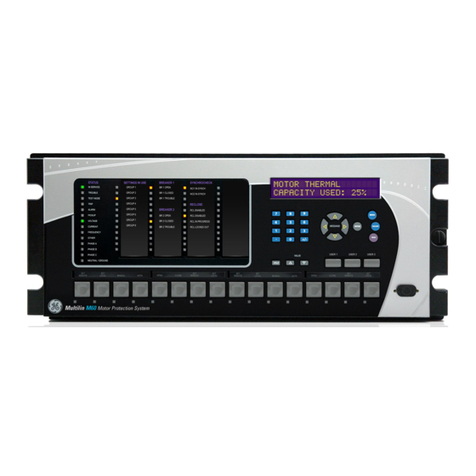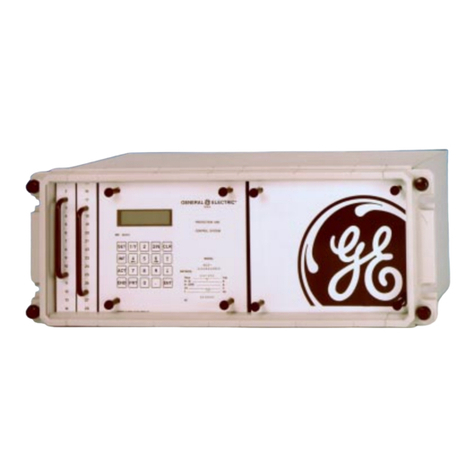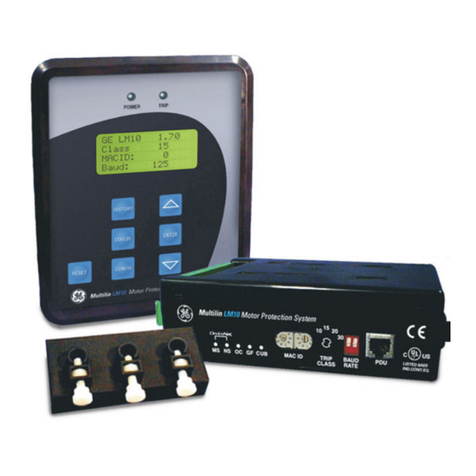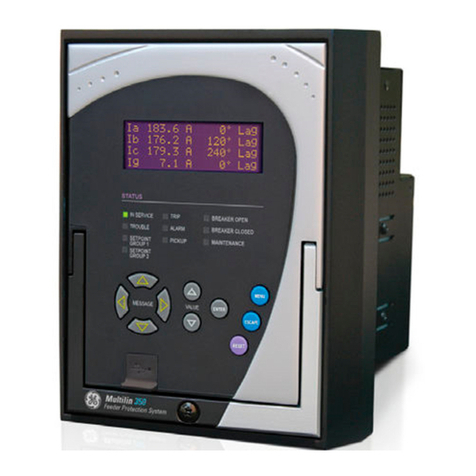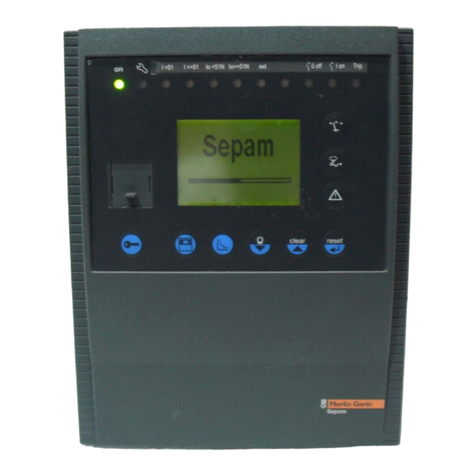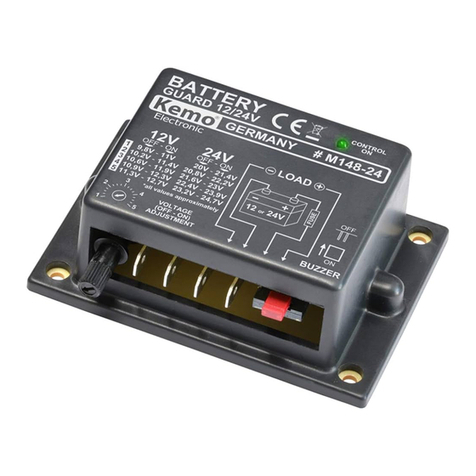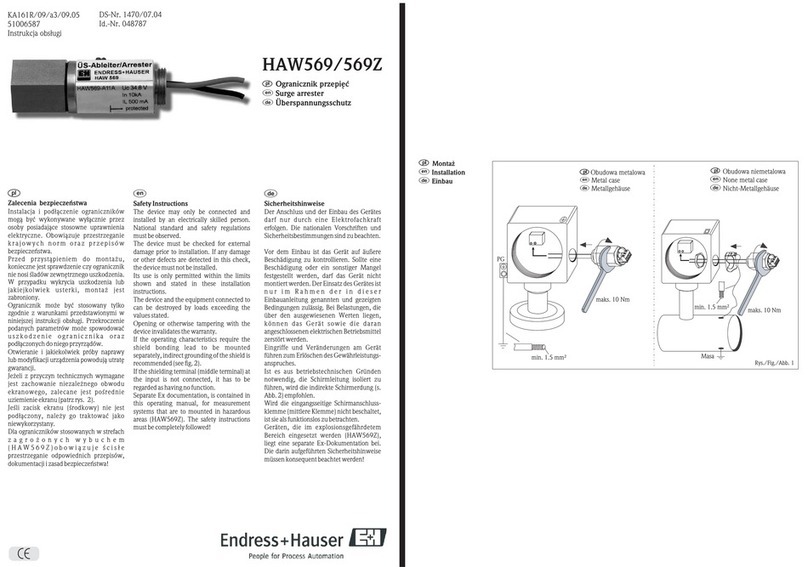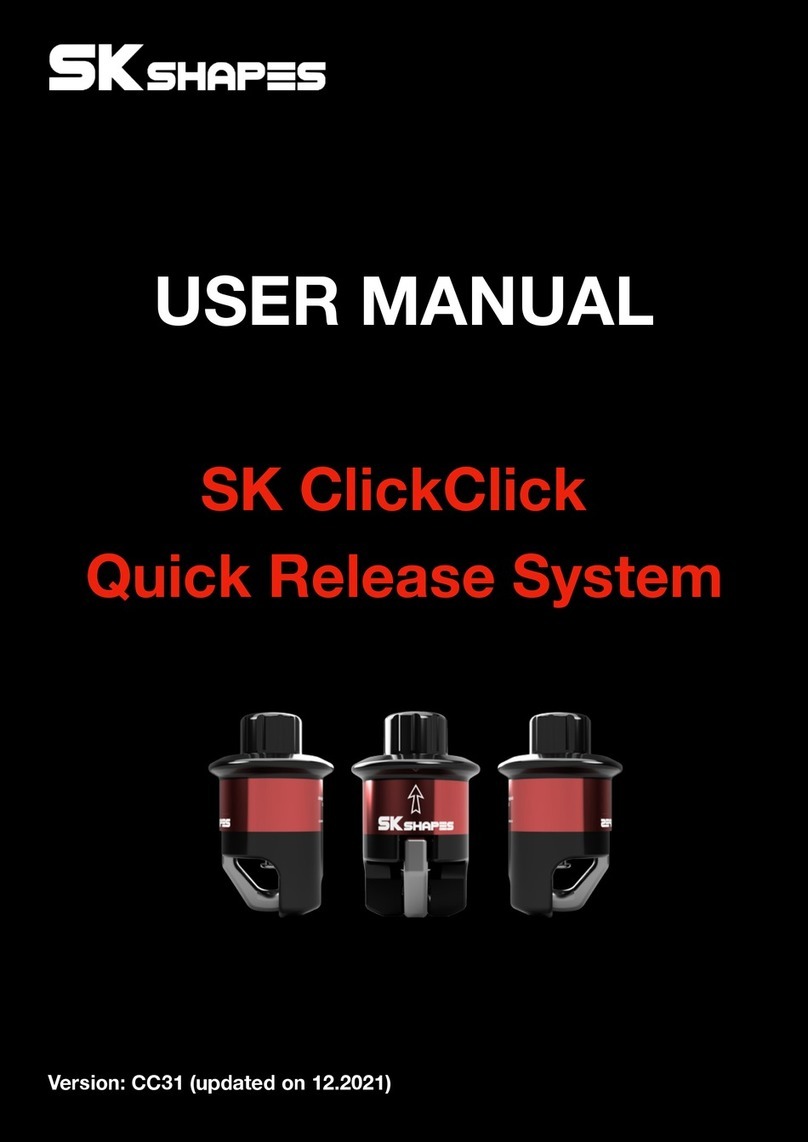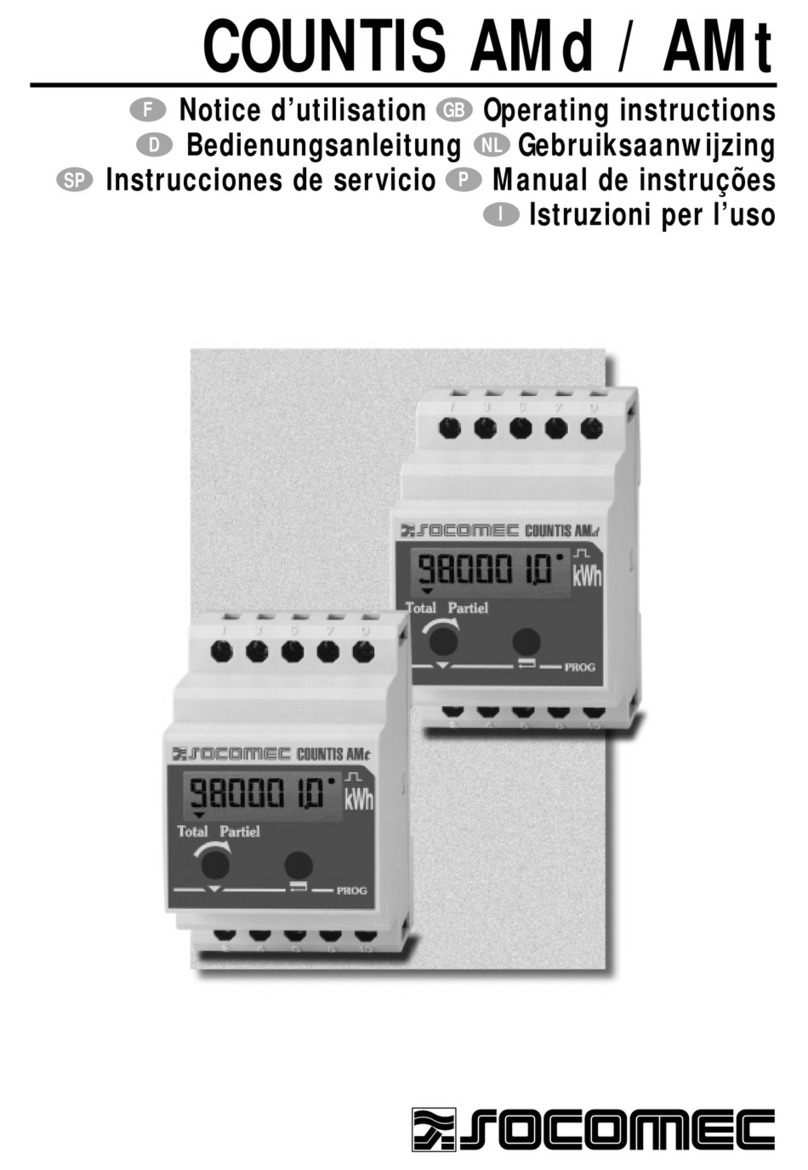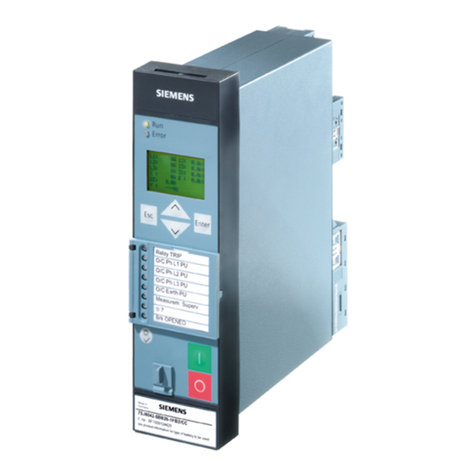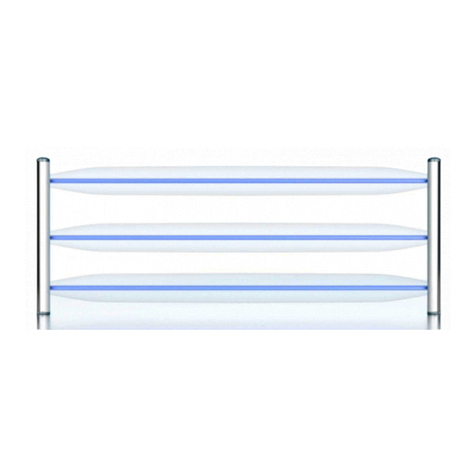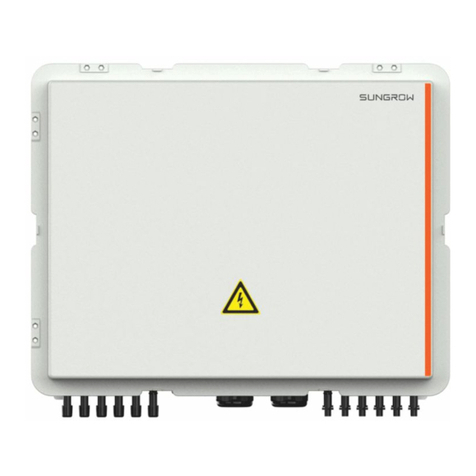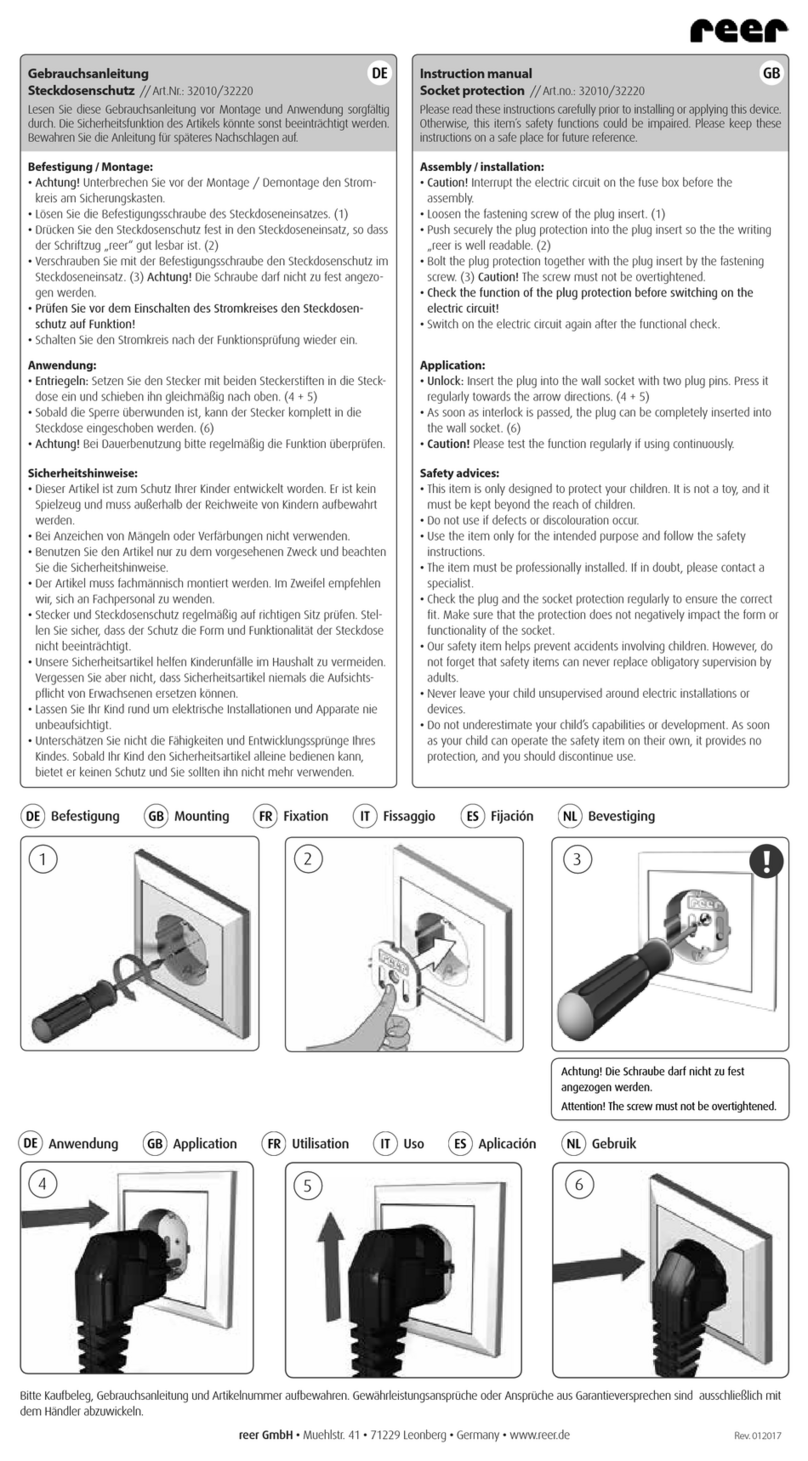
ii 750/760 Feeder Management Relay GE Multilin
TABLE OF CONTENTS
4.2.3 Hardware Configuration......................................................................................4-7
4.2.4 Installation/Upgrade............................................................................................4-8
4.2.5 Startup and Communications Configuration .....................................................4-10
4.2.6 Using 750/760PC..............................................................................................4-11
4.2.7 Advanced 750/760PC Features........................................................................4-15
5. SETPOINTS 5.1 OVERVIEW
5.1.1 Setpoints Message Map .....................................................................................5-1
5.1.2 Setpoint Entry Methods ......................................................................................5-4
5.1.3 Setpoint Access Security ....................................................................................5-4
5.1.4 Common Setpoints .............................................................................................5-4
5.1.5 Logic Diagrams...................................................................................................5-6
5.2 S1 RELAY SETUP
5.2.1 Passcode ............................................................................................................5-7
5.2.2 Communications .................................................................................................5-7
5.2.3 Clock.................................................................................................................5-10
5.2.4 Event Recorder.................................................................................................5-10
5.2.5 Trace Memory...................................................................................................5-11
5.2.6 Data Logger ......................................................................................................5-12
5.2.7 Front Panel .......................................................................................................5-13
5.2.8 Default Messages .............................................................................................5-14
5.2.9 User Text Messages.........................................................................................5-14
5.2.10 Clear Data.........................................................................................................5-15
5.2.11 Installation.........................................................................................................5-15
5.3 S2 SYSTEM SETUP
5.3.1 Current Sensing................................................................................................5-16
5.3.2 Bus VT Sensing ................................................................................................5-16
5.3.3 Line VT Sensing ...............................................................................................5-17
5.3.4 Power System...................................................................................................5-17
5.3.5 FlexCurves™ ....................................................................................................5-18
5.4 S3 LOGIC INPUTS
5.4.1 Overview...........................................................................................................5-19
5.4.2 Logic Inputs Setup ............................................................................................5-19
5.4.3 Breaker Functions.............................................................................................5-21
5.4.4 Control Functions..............................................................................................5-22
5.4.5 User Inputs .......................................................................................................5-22
5.4.6 Block Functions ................................................................................................5-23
5.4.7 Block Overcurrent Functions ............................................................................5-24
5.4.8 Transfer Functions............................................................................................5-25
5.4.9 Reclose Functions (760 Only) ..........................................................................5-26
5.4.10 Miscellaneous Functions ..................................................................................5-26
5.5 S4 OUTPUT RELAYS
5.5.1 Relay Operation................................................................................................5-27
5.5.2 Trip Relay .........................................................................................................5-28
5.5.3 Close Relay ......................................................................................................5-29
5.5.4 Auxiliary Relays ................................................................................................5-30
5.5.5 Self-Test Warning Relay...................................................................................5-31
5.6 S5 PROTECTION
5.6.1 Overview...........................................................................................................5-32
5.6.2 Phase Current...................................................................................................5-36
5.6.3 Neutral Current .................................................................................................5-42
5.6.4 Ground Current.................................................................................................5-47
5.6.5 Sensitive Ground Current .................................................................................5-51
5.6.6 Negative Sequence ..........................................................................................5-58
5.6.7 Voltage..............................................................................................................5-63
5.6.8 Frequency.........................................................................................................5-68
5.6.9 Breaker Failure .................................................................................................5-71
5.6.10 Reverse Power (if Enabled)..............................................................................5-72
5.7 S6 MONITORING
5.7.1 Current Level ....................................................................................................5-73
5.7.2 Power Factor ....................................................................................................5-75
5.7.3 Fault Locator.....................................................................................................5-76
Courtesy of NationalSwitchgear.com
